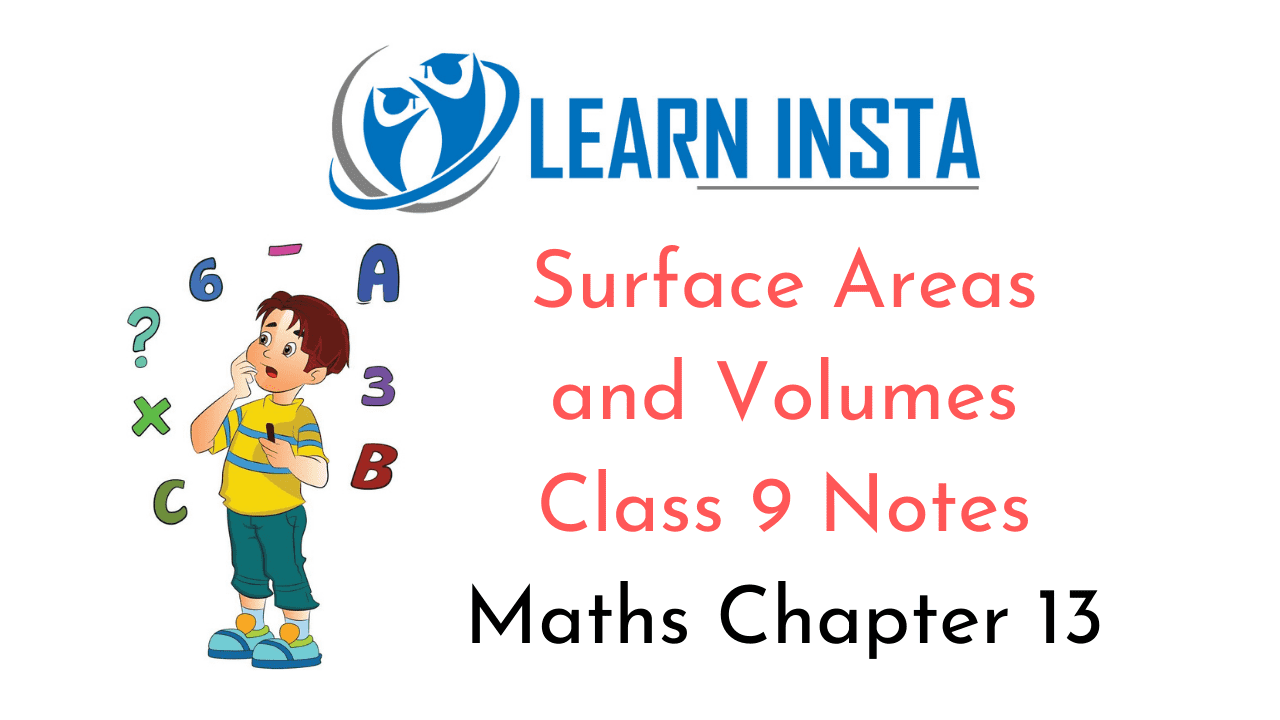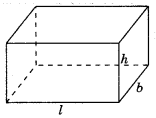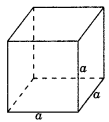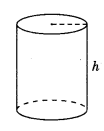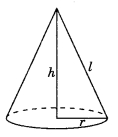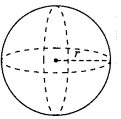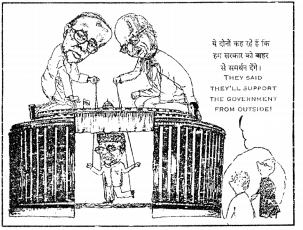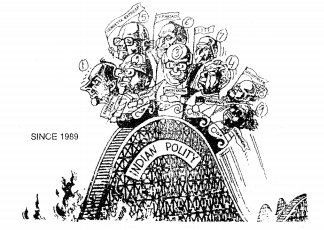Here we are providing 1 Mark Questions for History Class 12 Chapter 2 Kings, Farmers and Towns: Early States and Economics are the best resource for students which helps in class 12 board exams.
One Mark Questions for History Class 12 Chapter 2 Kings, Farmers and Towns: Early States and Economics
Question 1.
Who composed Rigveda?
Answer:
Rigveda was composed by the people living along the Indus and its tributaries.
Question 2.
Who deciphered Brahmi and Kharosthi scripts and when?
Answer:
Brahmi and Kharosthi scripts were dociphered by James Princep, an officer in the mint of the East India Company:
Question 3.
Name the titles adopted by Ashoka.
Answer:
Devampiya and Piyadassi.
Question 4.
How many Mahajanapadas were there?
Answer:
There were around sixteen Mahajanapadas.
Question 5.
What were Ganas or Sanghas?
Answer:
These were Oligarchies where power was shared by a number of men.
Question 6.
What were Dharmasutras?
Answer:
Brehmanas started composing Sanskrit texts from sixth century BCE onwards which were called Dharmasutras.
Question 7.
Name the most powerful Mahajanapada.
Answer:
Magadha was the most powerful Mahajanapada.
Question 8.
Name the famous and powerful rulers of Magadha.
Answer:
Bimbisara, Ajatasatru and Mahapadma Nanda.
Question 9.
Name the capital of Magadha.
Answer:
Rajagaha in the earlier part but was shifted to Pataliputra in the fourth century BCE.
Question 10.
Who started the Mauryan Empire?
Answer:
Chandragupta Maurya.
Question 11.
Name the sources of history about the Mauryan Empire.
Answer:
India written by Magasthenes, Arthashastra by Chanakya, Ashokan inscriptions etc.
Question 12.
Name the five major political centres in the Mauryan Empire.
Answer:
Pataliputra, Taxila, Ujjayini, Tosali and Suvarnagiri.
Question 13.
For how many years the Mauryan Empire lasted?
Answer:
Around 150 years.
Question 14.
Where the Clossal statues of Kushana rulers have been found?
Answer:
In a shrine at Mat near Mathura (Utter Pradesh).
Question 15.
Who adopted the title of Devaputra?
Answer:
Many Kushana rulers adopted the title of Devaputra.
Question 16.
Who composed Prayaga Prashasti?
Answer:
Prayaga Prashasti was composed by Harishena, the court poet of Samudraguta.
Question 17.
When were Jataka tales written?
Answer:
Jataka tales were written in Pali language around the middle of first millennium CE.
Question 18.
Who was James Princep ? Which two ancient scripts were deciphered by him ?
or
Who was James,Princep ? Mention anyone of his contribution in the development of Indian epigraphy. (C.B.S.E. 2014 (O.D.))
Answer:
James Princep was an officer of the English East India Company. He was able to decipher the ancient Brahmi and Kharosthi scripts.
Question 19.
What was the early capital of Magadha ? Tell its one feature. In the 4th century B.C.E., which city was made the capital of Magadha ?
Answer:
Rajagaha (present-day Rajgir) was the early capital of Magadha. Thet city signified the “House of the King”. It was a fortified settlement and was located among the hills. In the 4th century B.C.E., its capital was shifted to Pataliputra, present-day Patna.
Question 20.
Who was Ashoka ? Which famous state did he annex into the Mauryan empire ?
Answer:
Ashoka was the grandson of Chandragupta Maurya. He was the most famous ruler of the Mauryan empire. He annexed the state of Kalinga in the Mauryan empire.
Question 21.
Give brief description of languages and scripts of inscriptions of Ashoka.
Answer:
Prakrit was the language used on most of the inscriptions of Ashoka. These were written in Brahmi script. ,
Question 22.
What is meant by Tamilakam ? Name three Chiefdoms emerging in Mauryan Tamilakam. Also give their one feature.
Answer:
Tamilakam means the area of Deccan and further South in the sub-continent. It included parts of present day Andhra Pradesh and Kerala with Tamil Nadu. Chiefdoms of the Cholas, Cheras and Pandyas emerged in Tamilakam. These Chiefdoms proved to be very prosperous and stable.
Question 23.
What was the capital of the Mauryan empire ? Also write the names of four provincial centres.
Answer:
Pataliputra was the capital of the Mauryan empire. Taxila, Ujjayini, Tosali and Suvarnagiri were four provincial centres.
Question 24.
Name three types of source about the history of Gupta rulers.
Answer:
(i) Literature
(ii) Coins and inscriptions
(iii) Prashastis, composed by poets in praise of kings.
Question 25.
When and who built Sudarshana Lake ? Which rulers got this lake repaired ?
Answer:
According to an inscription, Sudarshana Lake was an artificial reservoir which was built by a local governor during the rule of the Mauryas. It was repaired by a Saka ruler Rudradaman and one of the rulers of the Gupta Dynasty.
Question 26.
Briefly describe about ‘Banabhatta’ and ‘Harshacharita’.
Answer:
Banabhatta was a court poet of the ruler of Kanauj, Harsha Vardhana. The Harshacharita is a biography of Harsha Vardhana composed by Banabhatta.
Question 27.
Who was Prabhavati Gupta ? Tell a rare example found about her.
Answer:
Prabhavati Gupta was the daughter of Chandragupta II (375—415 C.E.) who was a famous ruler of early India. She was married in a Vakatak family of Deccan Peninsula. She had donated land which is a rare example of donation by any womah.
Question 28.
What is meant by Periplus ? On what does Periplus of the Erythraean Sea throws light ?
Answer:
Periplus is a Greek word. It means sailing around or sea voyage. Periplus of the Erythraean Sea throws light on the sea trade of early India.
Question 29.
Explain the names and meanings of the two titles adorned by Ashoka.
Answer:
Ashoka adopted the two titles ‘Devanampiya’ and ‘Piyadassi’. Devanampiya meant the “Belpved of the Gods” and Piyadassi meant “Pleasant to Behold”. These titles have been found in many inscriptions.
Question 30.
‘In some inscriptions, only titles adopted by Ashoka are given but on others, both his name and titles are given.’ How did historians assess that all these inscriptions are made by a single ruler ?
Answer:
All the inscriptions were examined and it was concluded that their subject, language, script, method, etc., are similar to each other. That is why historians assessed that all these inscriptions are made by a single ruler.
Question 31.
Why the cities especially capital cities, during Mahajanapada age, were fortified ?
Answer:
Capital city has a special importance. All the political, social, economic and cultural activities are regulated from the capital. It is also necessary to secure it from the enemy. These things were also applicable on capital cities during the Mahajanapada age. That is why walls were made around the city and were fortified.
Question 32.
Why Ashoka’s lion emblem is today considered important ?
Answer:
Ashoka’s lion emblem has been adopted as the national symbol by the Indian Government. It is the symbol of our unity, courage, progress and high ideals. That is why it is considered important.
Question 33.
How large was the army of the Mauryan ruler according to Greek sources ?
Answer:
According to Greek sources, the Mauryan ruler had a standing army of 600,000 foot-soldiers, 30,000 cavalry and 9,000 elephants.
Question 34.
What resources were needed by the Maurayas to retain their large army ?
Answer:
(i) Excessive revenue
(ii) Great number of military equipments
(iii) Huge supplies of food
(iv) Place for the camping for its armed forces.
Question 35.
Why did people bring gifts for Pandya Chiefs ? What would the Chiefs have used these for ? .
Answer:
People respected Pandya Chiefs because they were very much happy and prosperous during their rule. That is why they brought gifts for Pandya Chiefs. Chiefs could have used those gifts themselves or could have distributed them among their supporters.
Question 36.
Why did the rulers arrange for irrigation ?
Answer:
The rulers made arrangements for irrigation to increase the agricultural production. There were two reasons for it :
(i) Agriculture was the main source of state income.
(ii) Agriculture could provide food to the people.
Question 37.
Who was the author of ‘Periplus of the Erythraean Sea’ ? Why did he prepare a list of different types of goods ?
Answer:
Author of the ‘Periplus of the Erythraean Sea’ was an anonymous Greek sailor. He prepared a list of varied type of goods to show foreign trade
through sea route. He wanted to express that bulk of pepper and malabathrum (possibly cinnamon) was exported from India. In lieu of that all kinds of transparent stones, diamonds, sapphires and tortoise shells were imported in India.
Question 38.
How did the city of Pataliputra emerge ?
Answer:
Pataliputra emerged from a village called Pataligram. In 5th century B.C.E., the Magadhan rulers decided to shift their capital from Raj agriha to this city and they renamed it. By fourth century B.C.E., it become the capital of Mauryan empire and became one of the largest cities of Asia. But later on , its importance declined.
Question 39.
Who was the Grihapati ?
Answer:
Grihapati was the head of the family. He was the owner, master or head of a household. He had control over the females, children, servants and slaves who lived in the house. He was the master of the land, animals and other such things of the family. Sometimes this term was used for those urban elite and traders who lived in the towns. It was a symbol of status for wealthy merchants.
